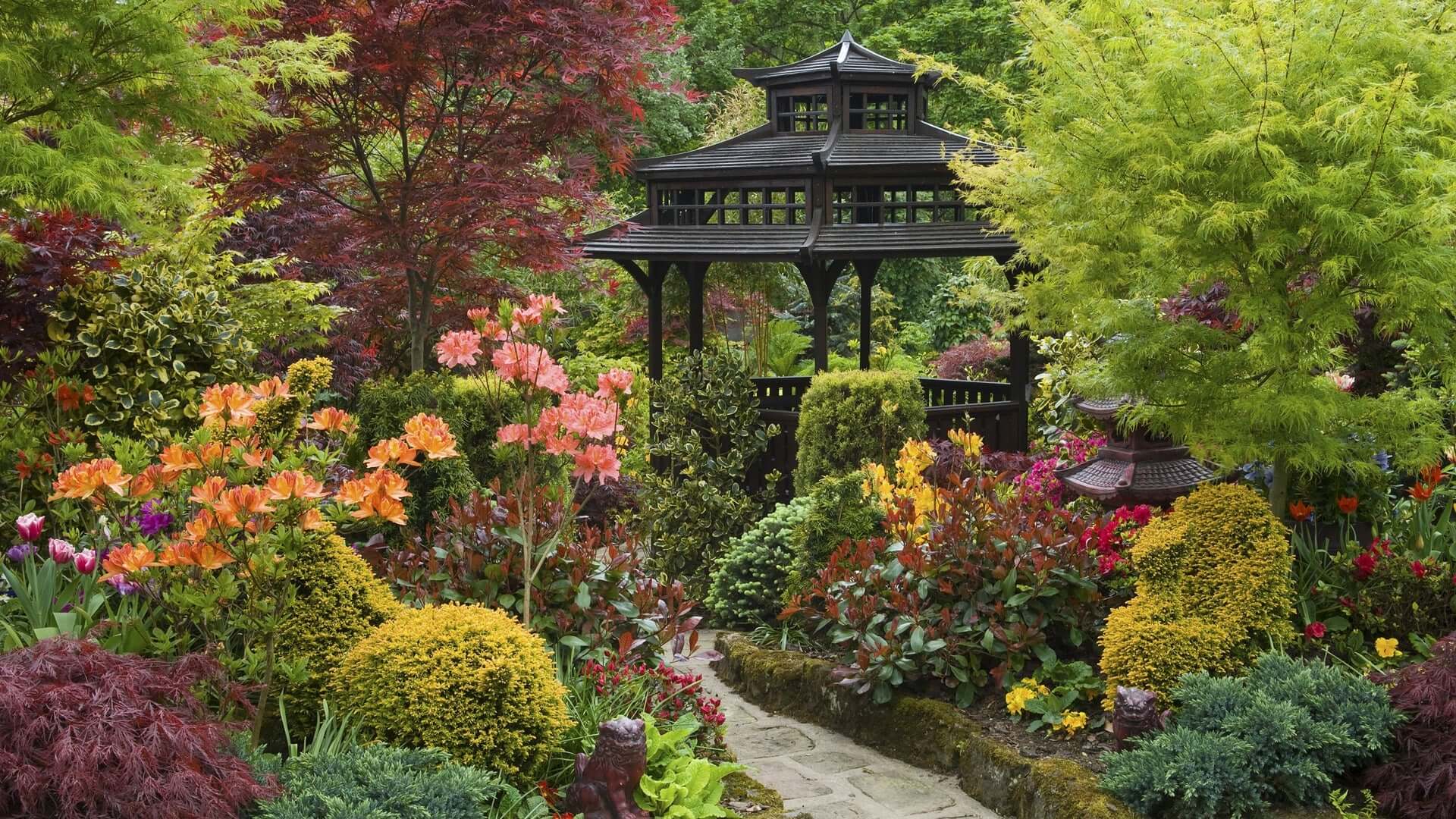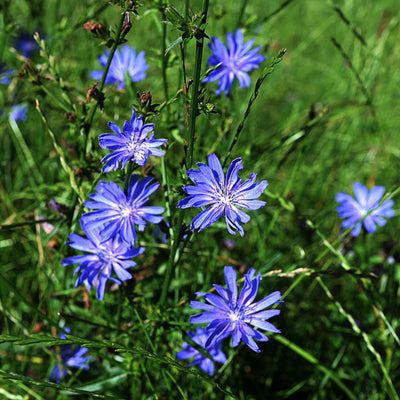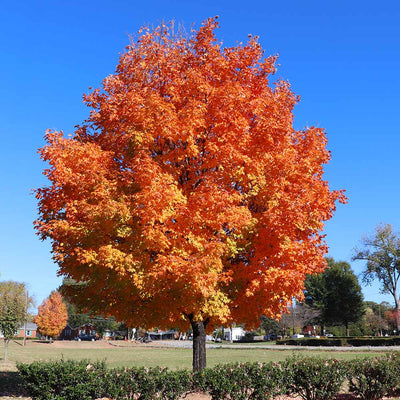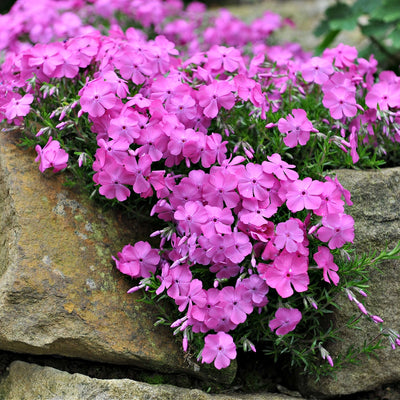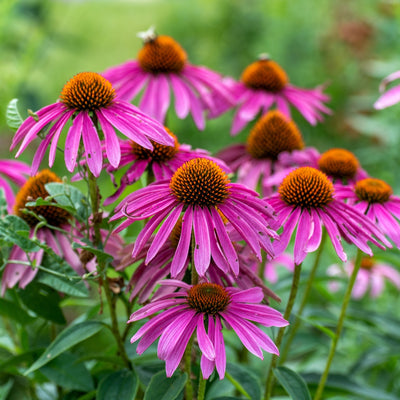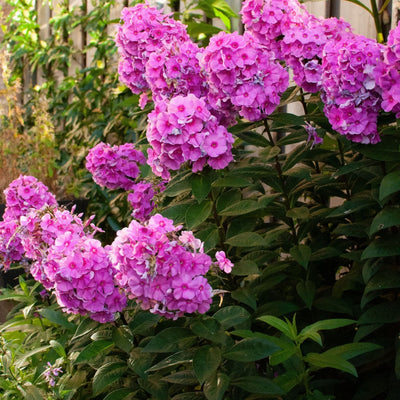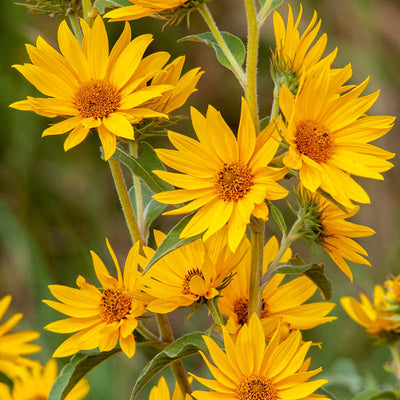
Plant Nursery Near Me
Share
Ways to find the best experience and our top 3 favorites!
When it comes to transforming your garden or adding a touch of greenery to your home, finding the right "plant nursery near me" is crucial. Whether you're an experienced gardener or a novice plant enthusiast, having a local plant nursery can make all the difference in your gardening expedition. In this informative guide, we will explore the steps to help you discover the perfect plant nursery near you, ensuring you get the best quality plants, expert advice, and a memorable shopping experience.
#1 Favorite Plant Nursery Near Me:
TN Nursery
They are mail order so they are as close as your front door. They are sure to please you with quality and affordable Buy 1 Get 1 Free Bareroot Plants Too! Super Low Prices and TN Nursery is a DTC Sustainable Business. This is why they Are #1 and My All-Time Pick!
#2 Favorite Plant Nursery Near Me
Wholesale Nursery Co
Wholesale Nursery Company is a wholesale large quantity ordering site with minimums of 25-100 per plant, and they do not offer a retail warranty, only arrive alive, but their stock is bar-none excellent. They do request you be a wholesaler, but anyone can order honestly. It didn't ask me for a copy of my license.
Expertise and Personalized Advice: Local nursery staff are often passionate about plants and knowledgeable about the unique needs of your specific region. They can provide you with the best and most tailored advice and recommendations based on your local climate and soil conditions.
Quality and Selection: Local nurseries typically carry a wide variety of easy plants, like native trees and plants that are well-suited to your area. You'll find healthier and more vibrant plants compared to mass-produced options.
Supporting the Community: Shopping at a local nursery helps support your local economy and encourages sustainable practices, like DTC sales and reducing the carbon footprint associated with shipping plants from distant locations.
Chapter 2: How to Search for a Plant Nursery Near Me
Finding a plant nursery near you is easier than you might think. Here are some effective ways to start your search:
Online Search Engines: Begin with a simple online search by entering "plant nursery near me" in your preferred search engine. This will provide you with a list of nearby nurseries.
Local Business Directories: Check your local business directories, both online and offline, such as local business for listings of plant nurseries in your area.
Social Media and Forums: Join gardening groups or forums on platforms like Facebook and Reddit. Members often share recommendations and experiences with local nurseries.
Recommendations from Friends and Neighbors: Ask friends, family, and neighbors for their recommendations. Personal referrals can also be invaluable in finding a trusted nursery.
Chapter 3: Evaluating Potential Plant Nurseries
Once you have a list of potential plant nurseries near you, it's essential to assess them to make an informed decision. Here's how to evaluate your options:
Location and Accessibility: Consider the proximity of the nursery to your home. A nearby nursery will be more convenient and reduce the stress on newly purchased plants during transportation.
Reviews and Ratings: Check online reviews and ratings for each nursery you're interested in. Pay attention to feedback about the quality of plants and customer service.
Visit the Nursery: Take the time to visit the nursery in person. These steps will allow you to choose overall condition of the facility, the health of the plants, and the expertise of the staff.
Range of Plants: Ensure that the nursery offers a wide variety of plants, including those suitable for your garden or indoor space.
Chapter 4: Questions to Ask at the Nursery
When visiting a potential plant nursery, asking the right questions is crucial to determine if it's the right fit for you. Here are some questions to consider:
- Do you carry plants suitable for my local climate and soil conditions?
- Can you provide advice on plant care, including watering, fertilization, and pest control?
- Do you offer a guarantee or warranty on your plants?
- Are your plants locally sourced or grown on-site?
- Do you have any specific recommendations for beginners or novice gardeners?
Chapter 5: Tips for a Successful Nursery Visit
To make the most out of your visit to the plant nursery, keep these tips in mind:
- Bring a List: Make a list of the plants you're looking for to stay focused and avoid impulsive purchases.
- Check Plant Health: Inspect plants for any signs of disease, pests, or stress. Healthy plants have vibrant foliage and firm stems.
- Ask for Assistance: Don't hesitate to seek help from nursery staff. They can provide valuable insights and guidance.
- Read Labels: Pay attention to plant labels for information on care requirements, mature size, and sunlight preferences.
In your quest to find the perfect plant nursery near you, remember that local nurseries offer more than just plants. They provide expertise, a connection to the community, and a chance to support sustainable gardening practices. By following the steps outlined in this guide, you'll be well-prepared to choose the right nursery that will help you promote a thriving garden and create a greener, more beautiful space in your home. Happy gardening!

